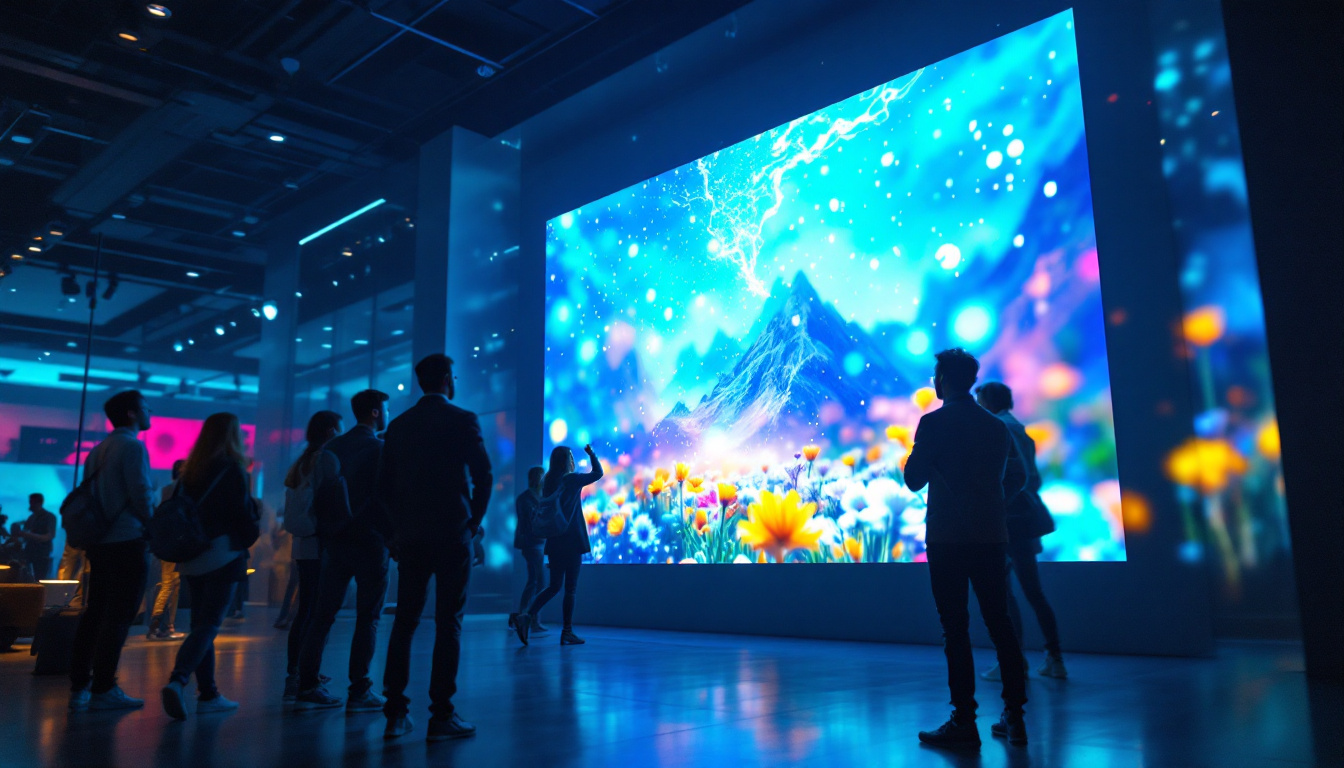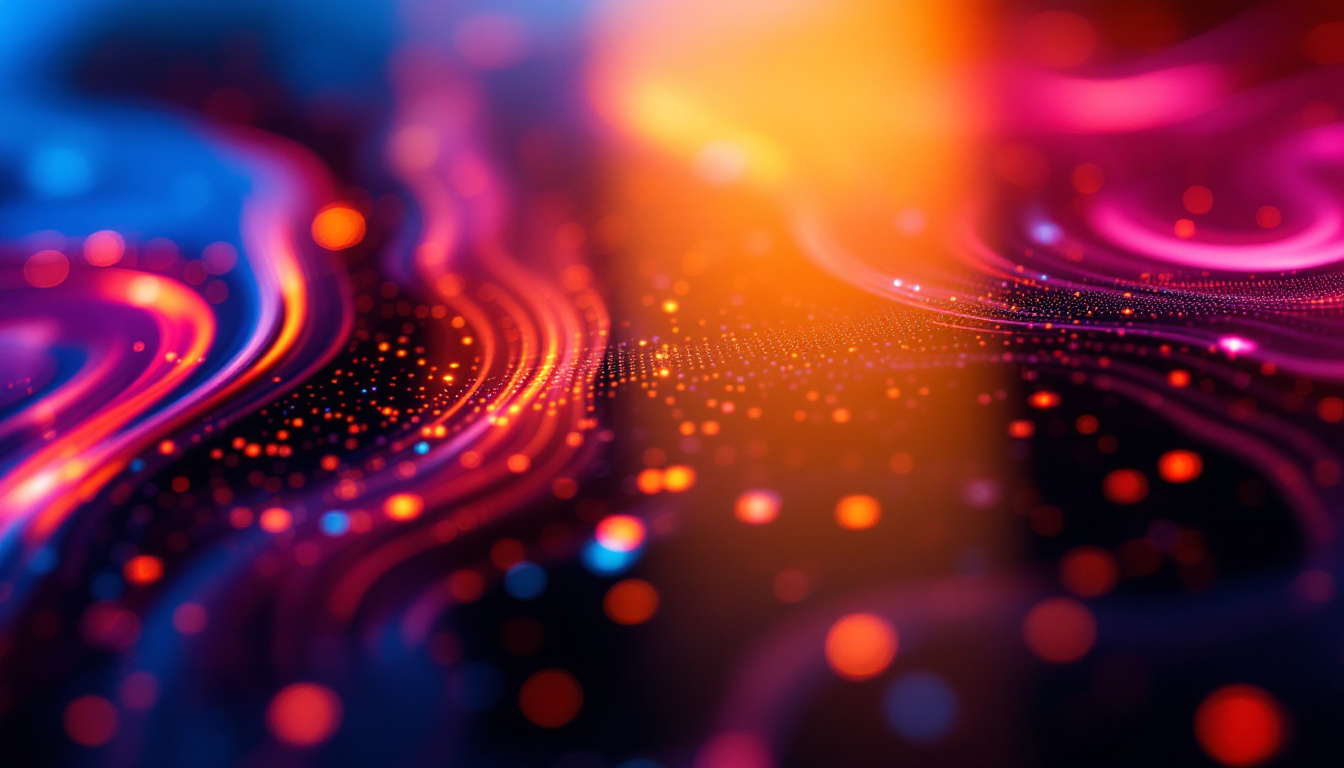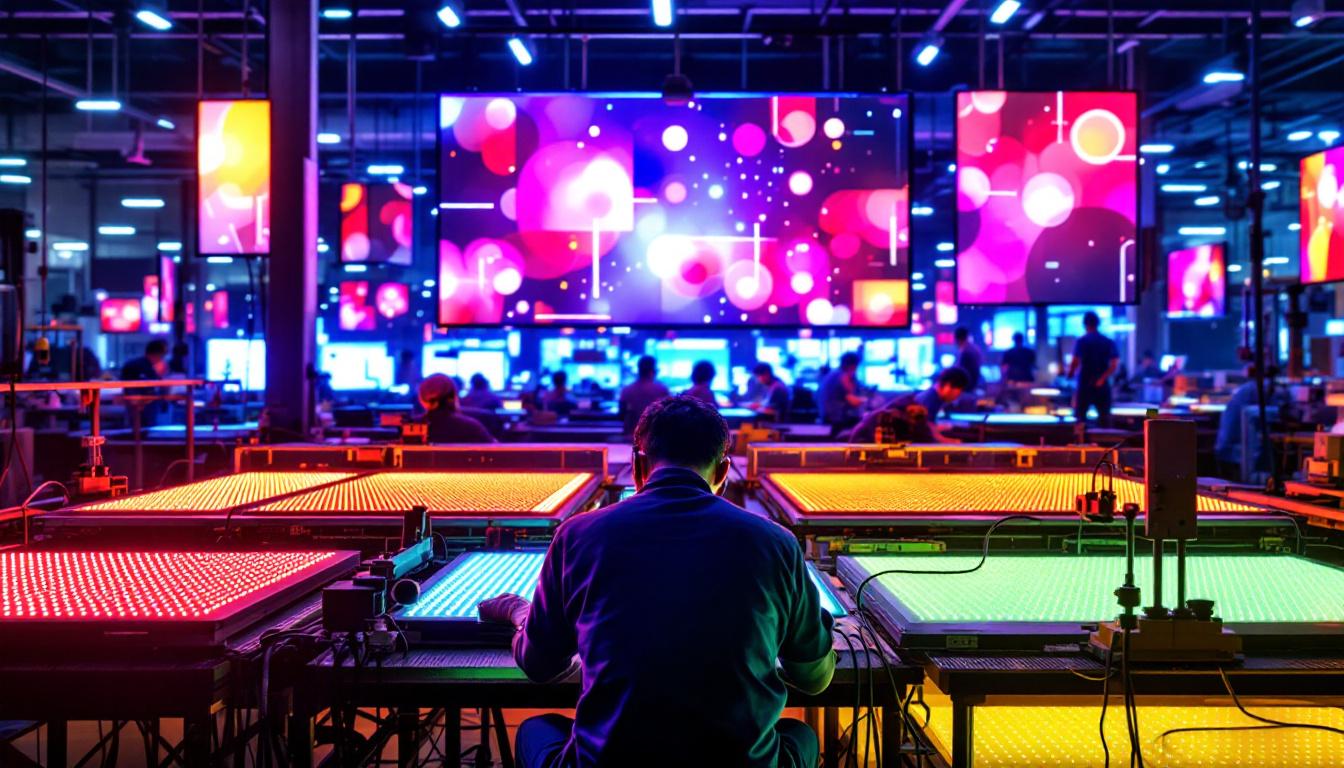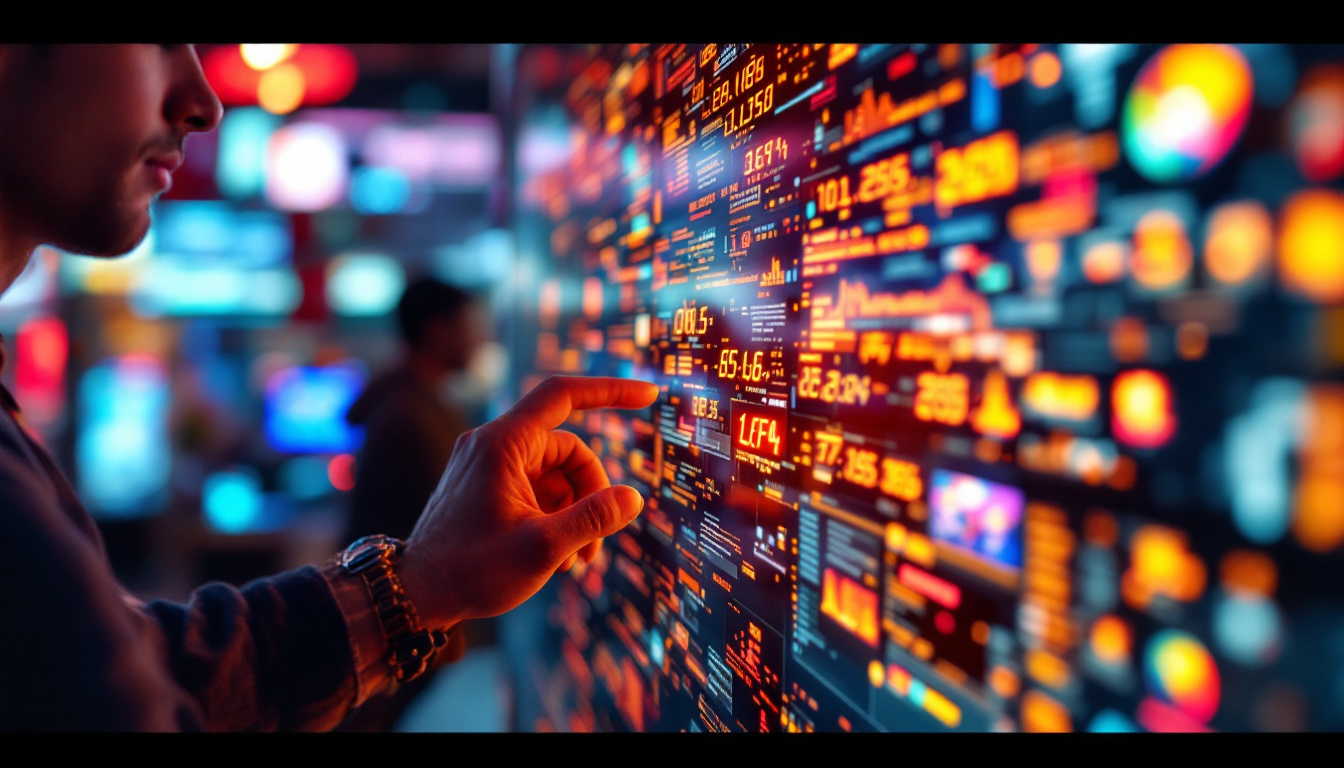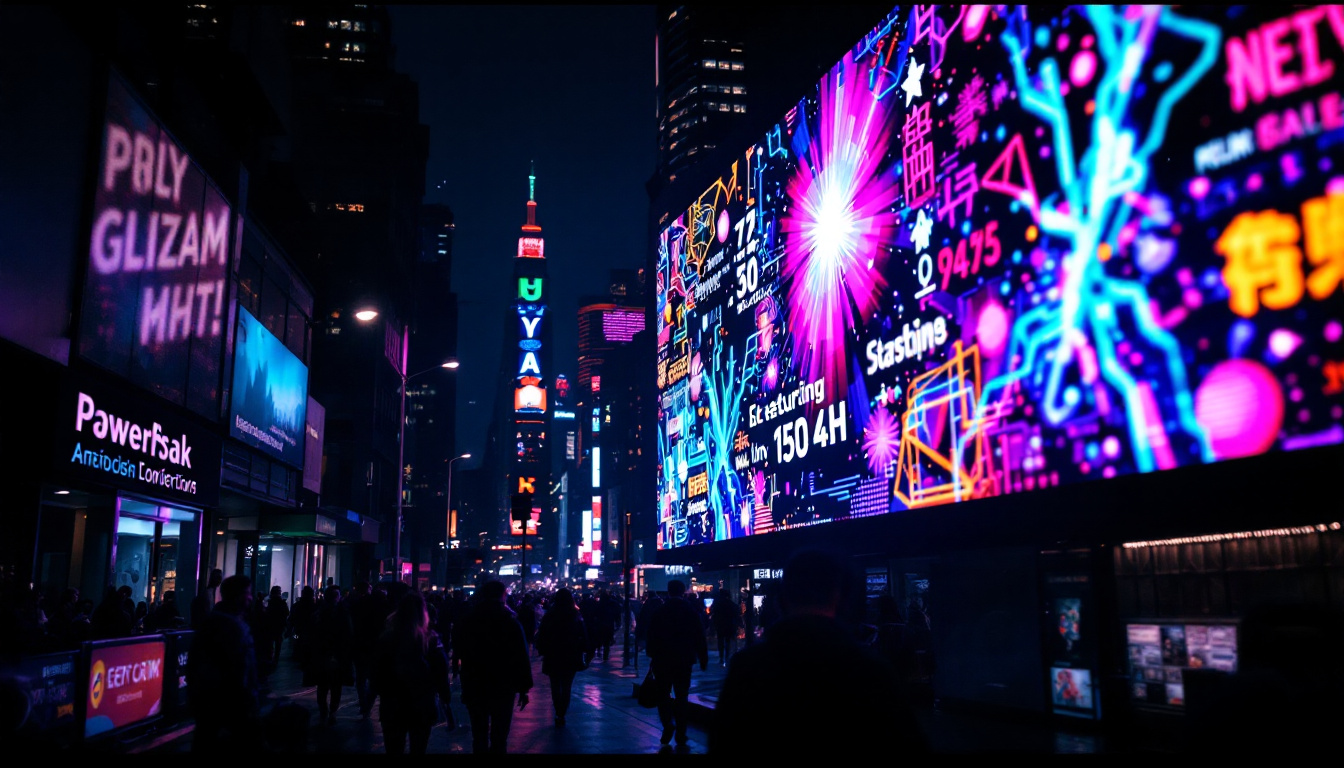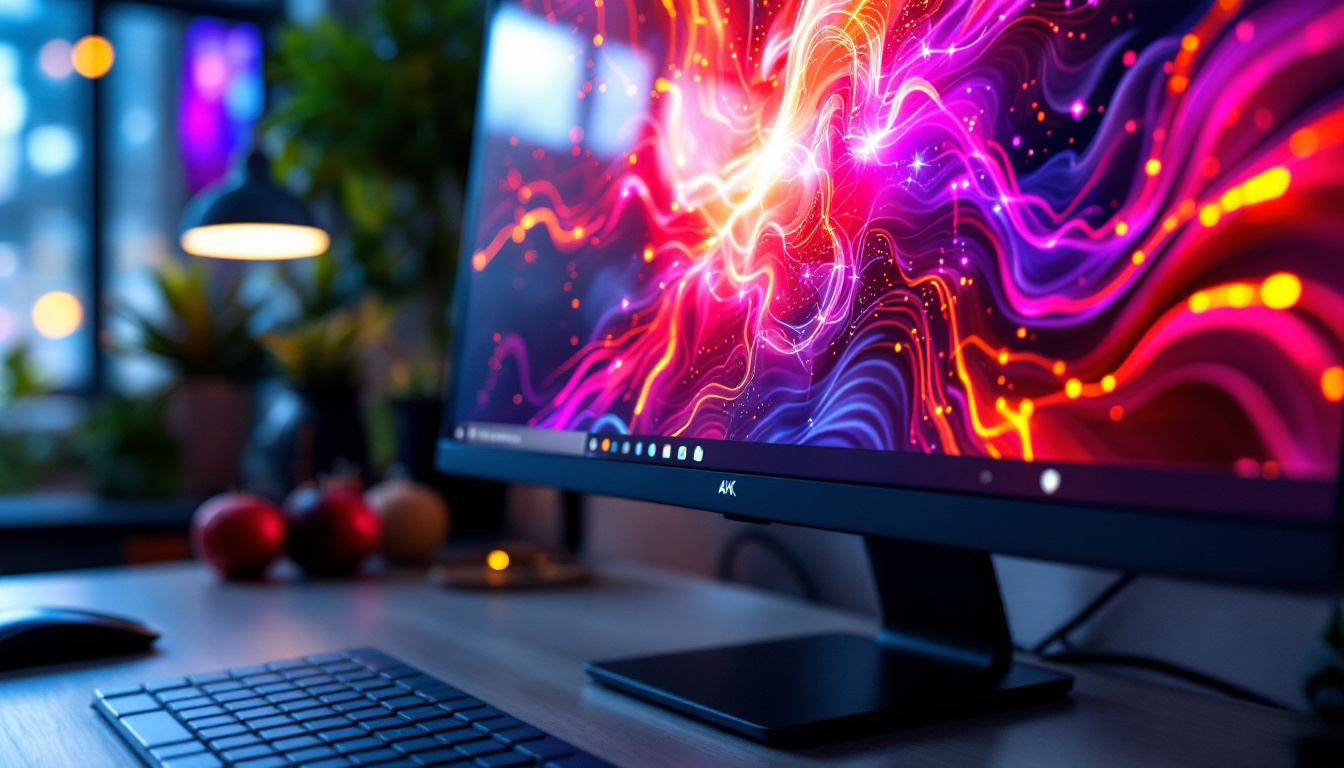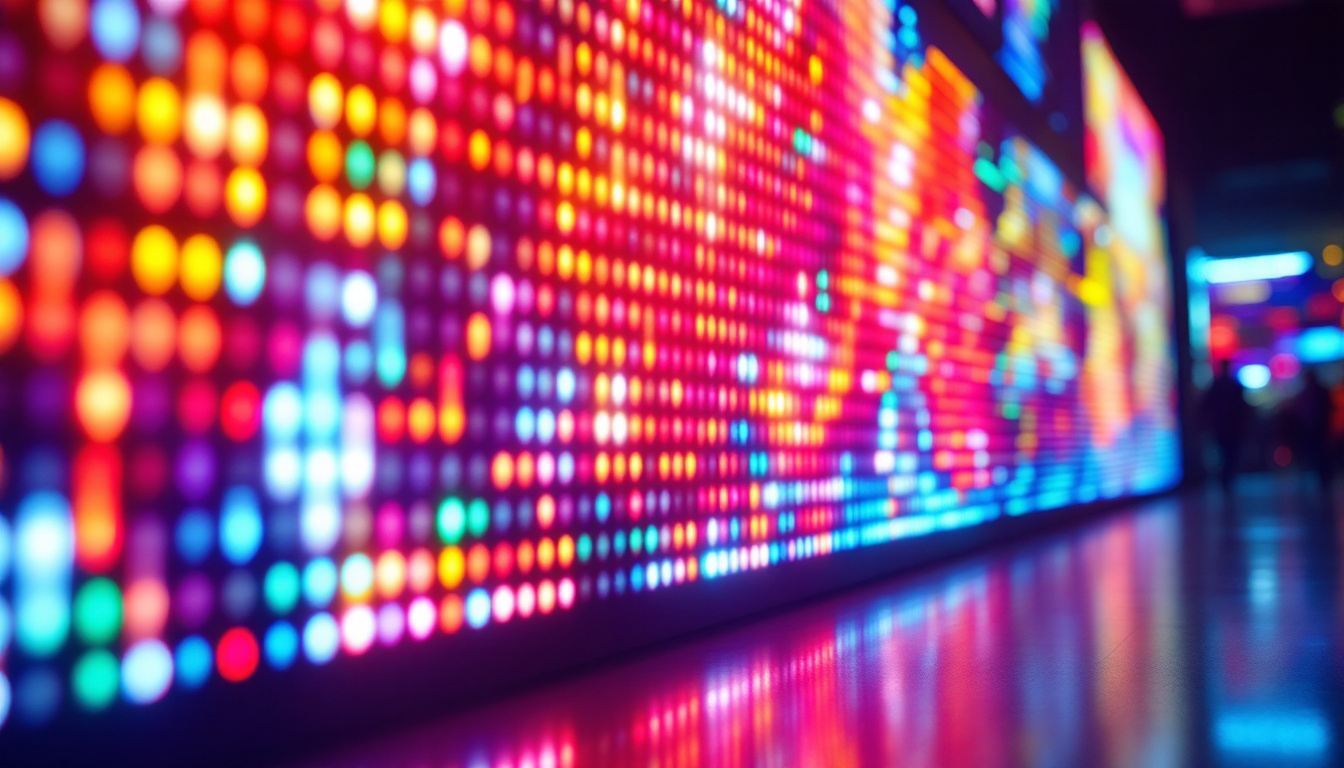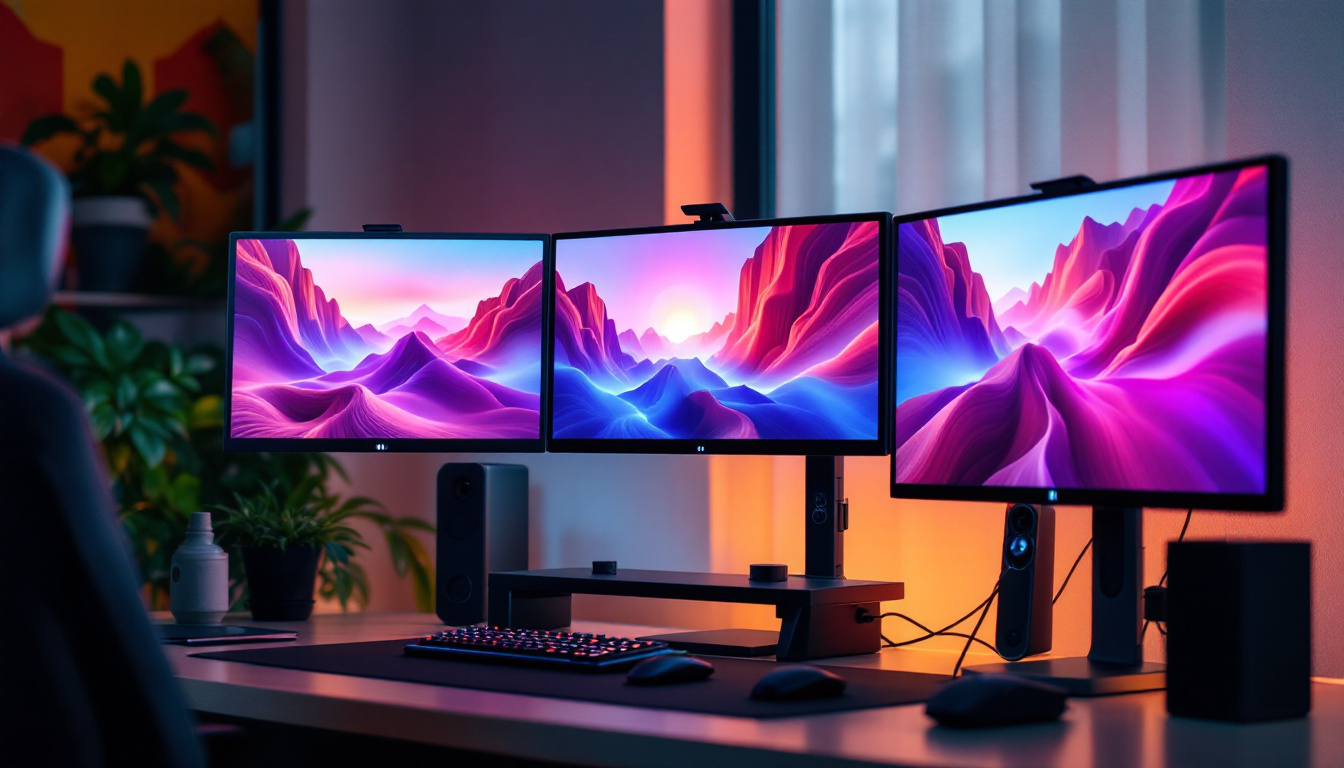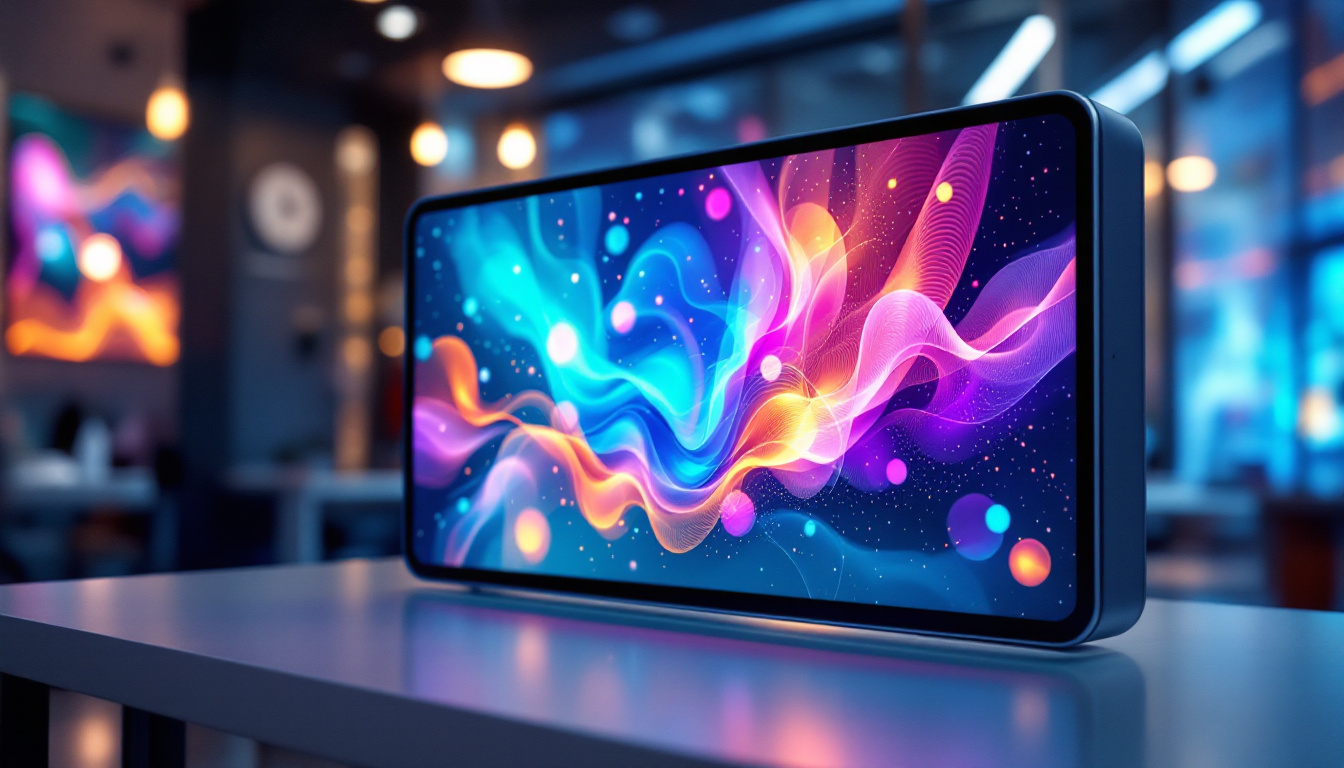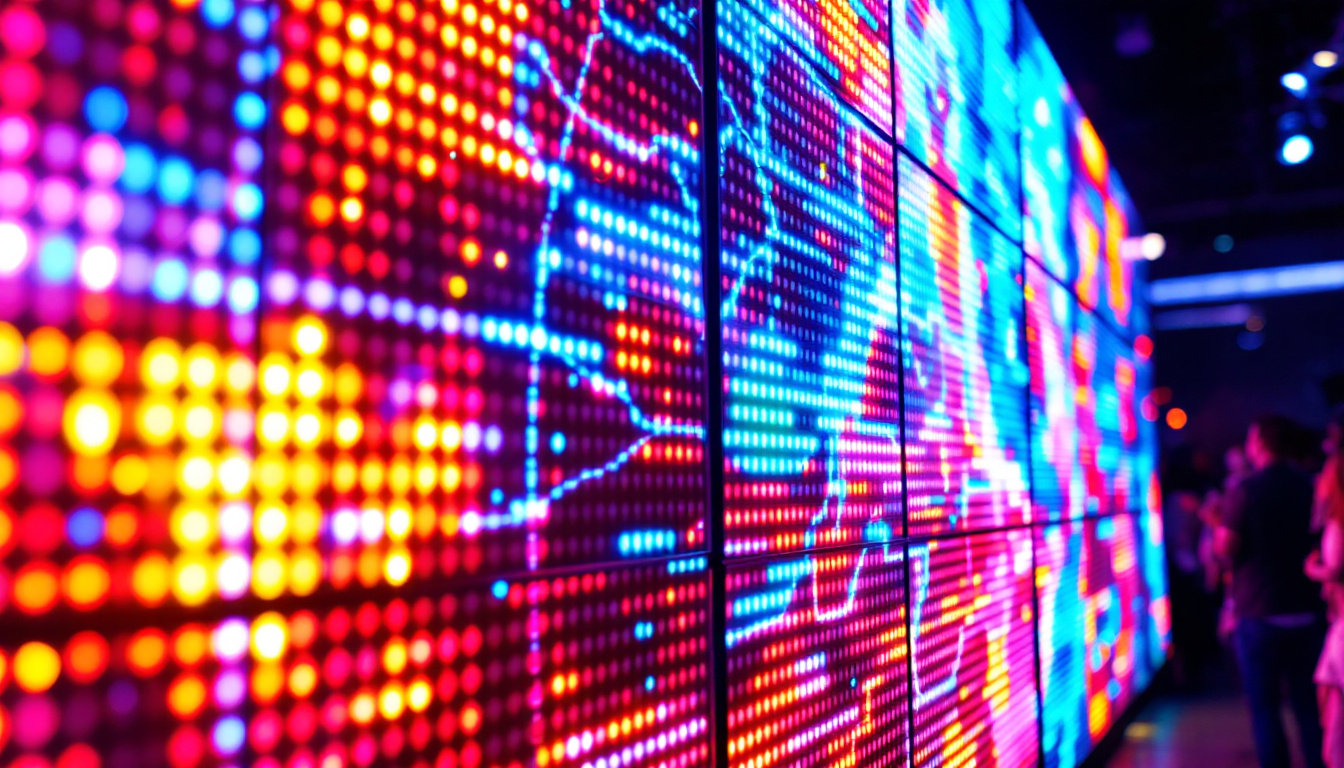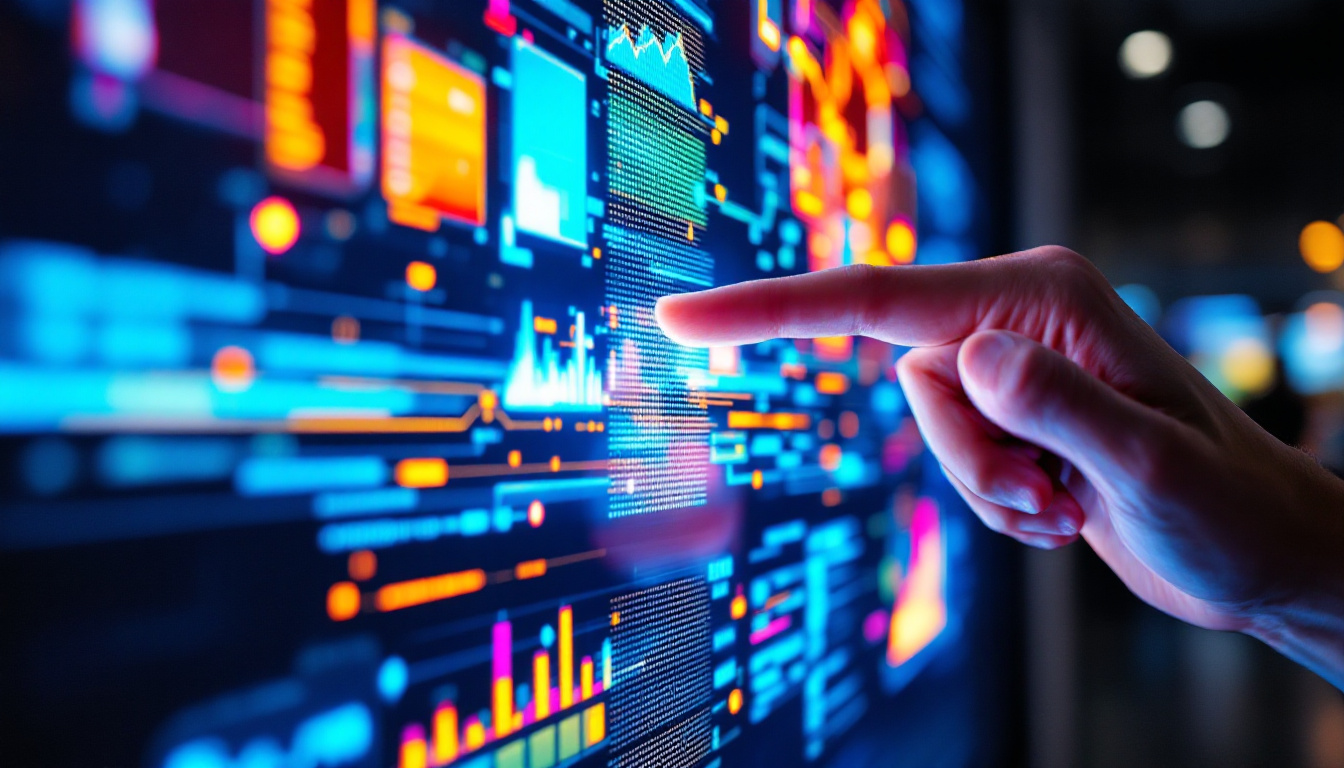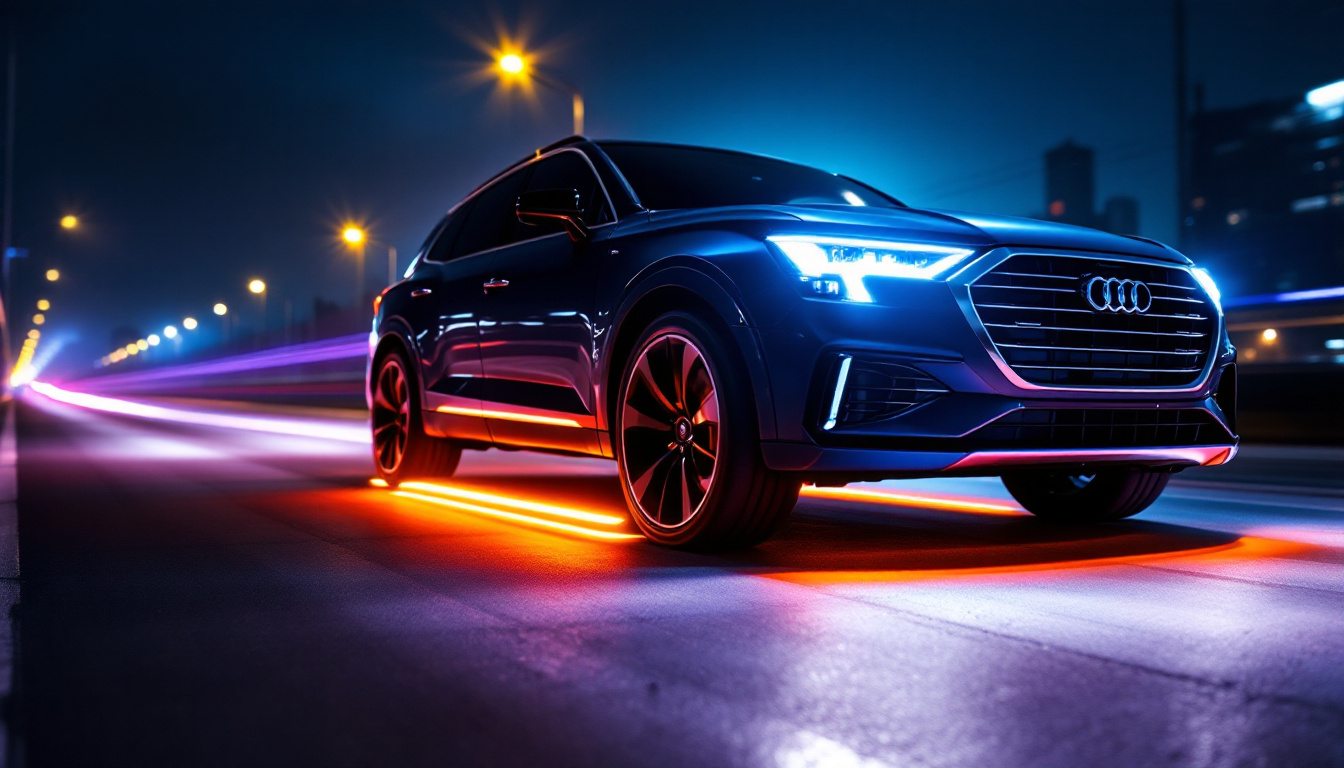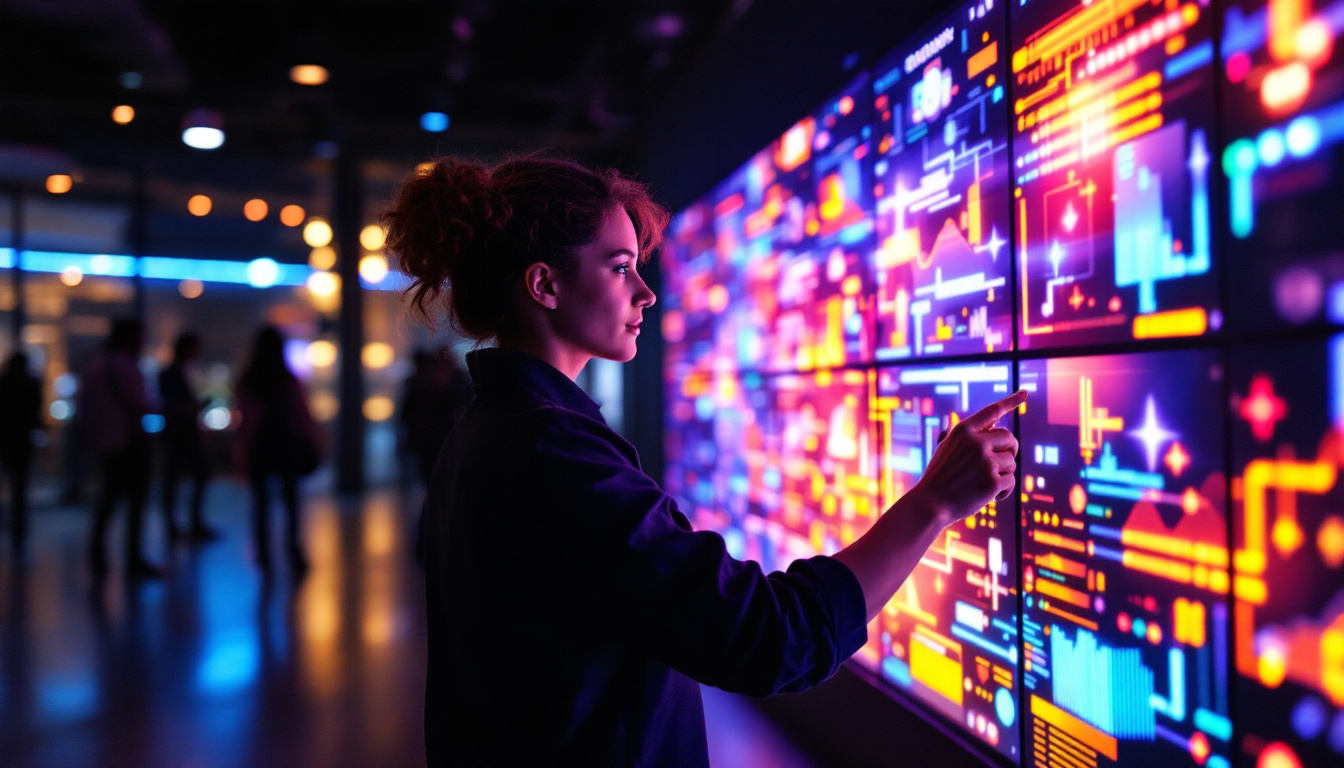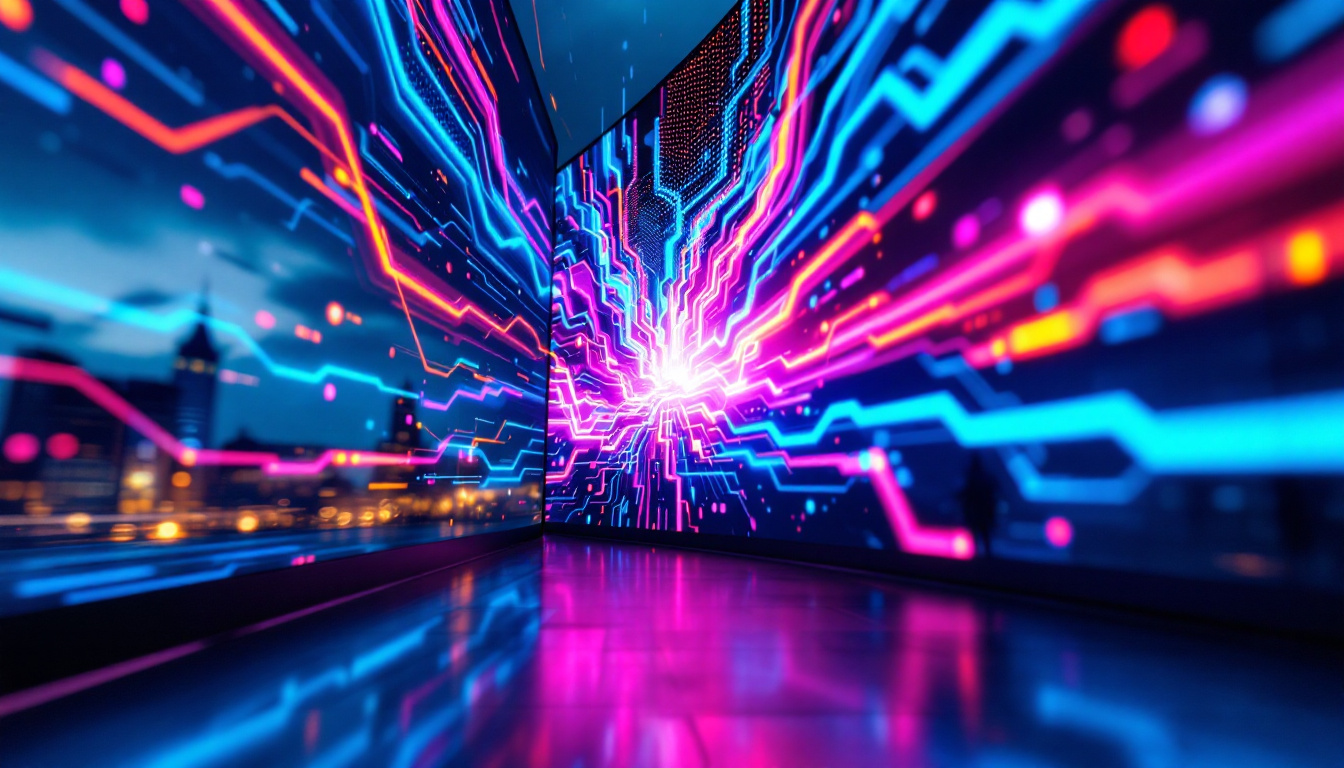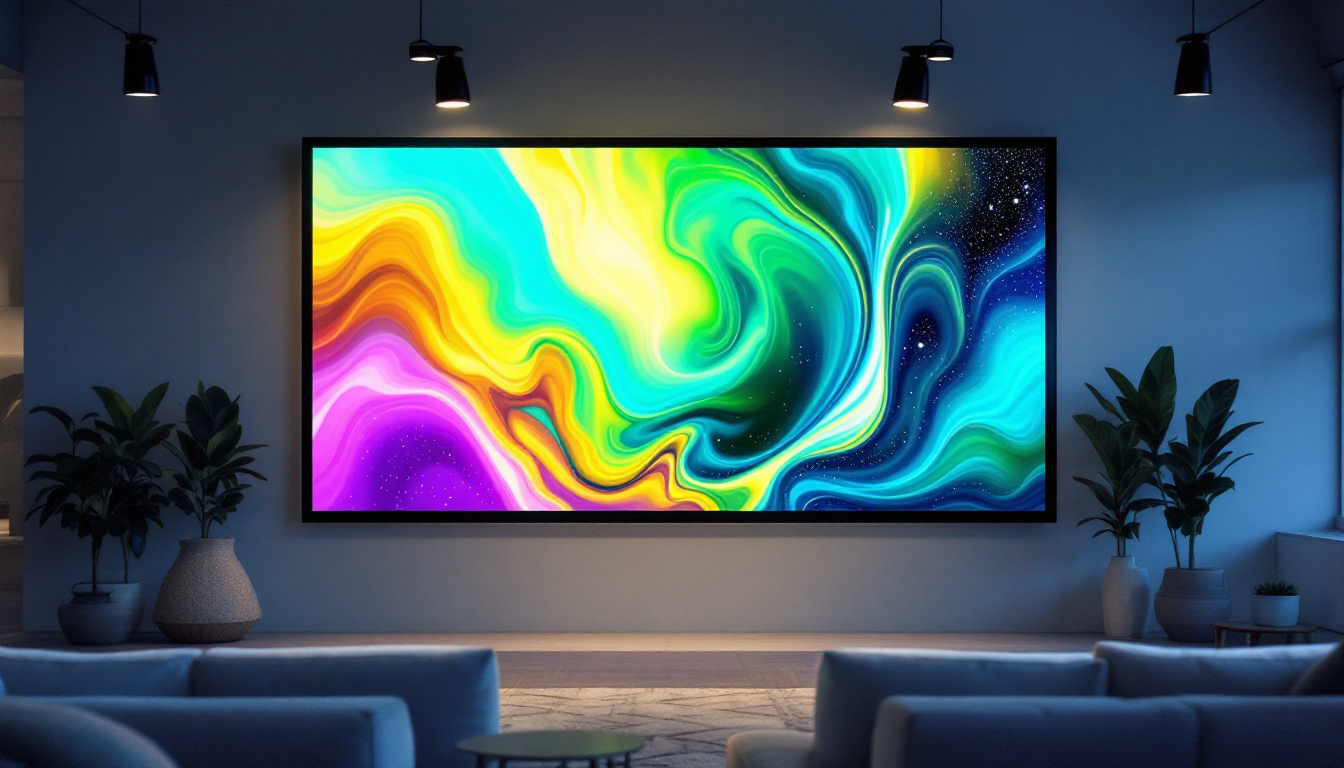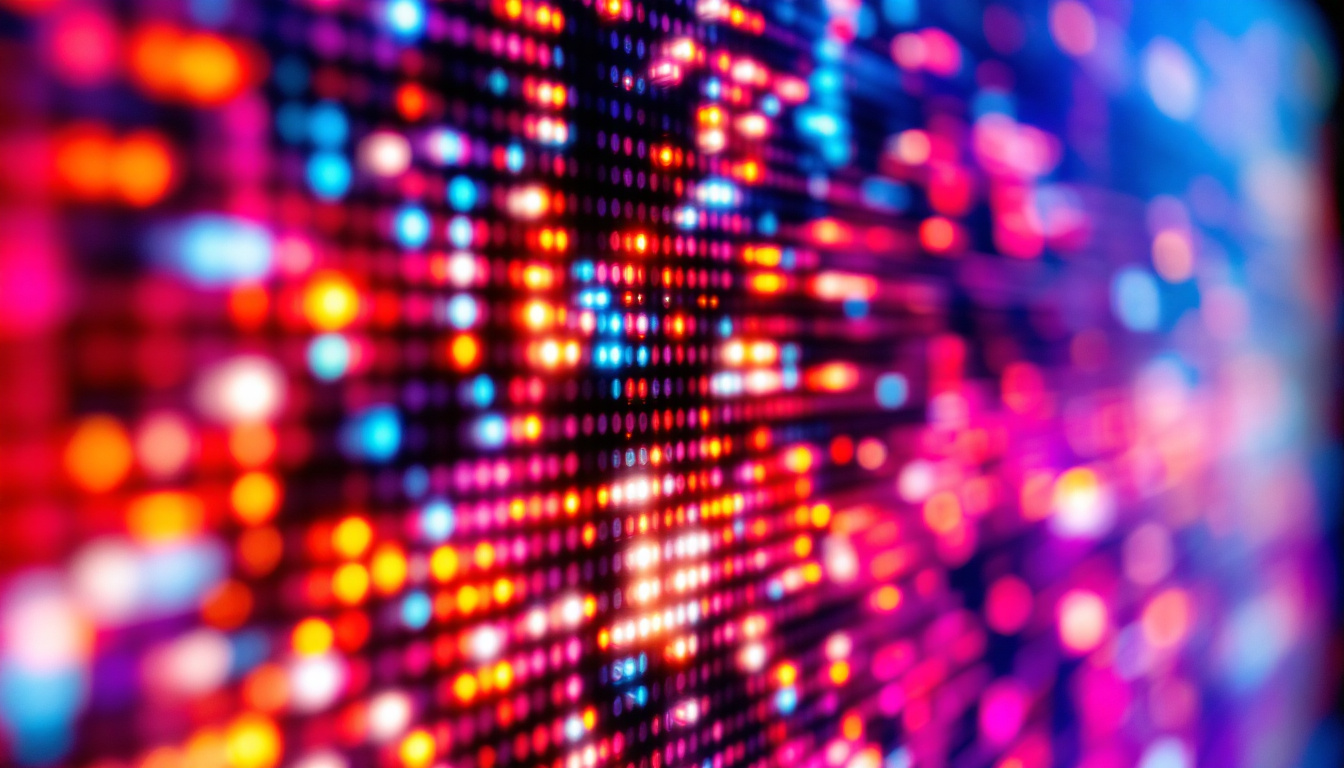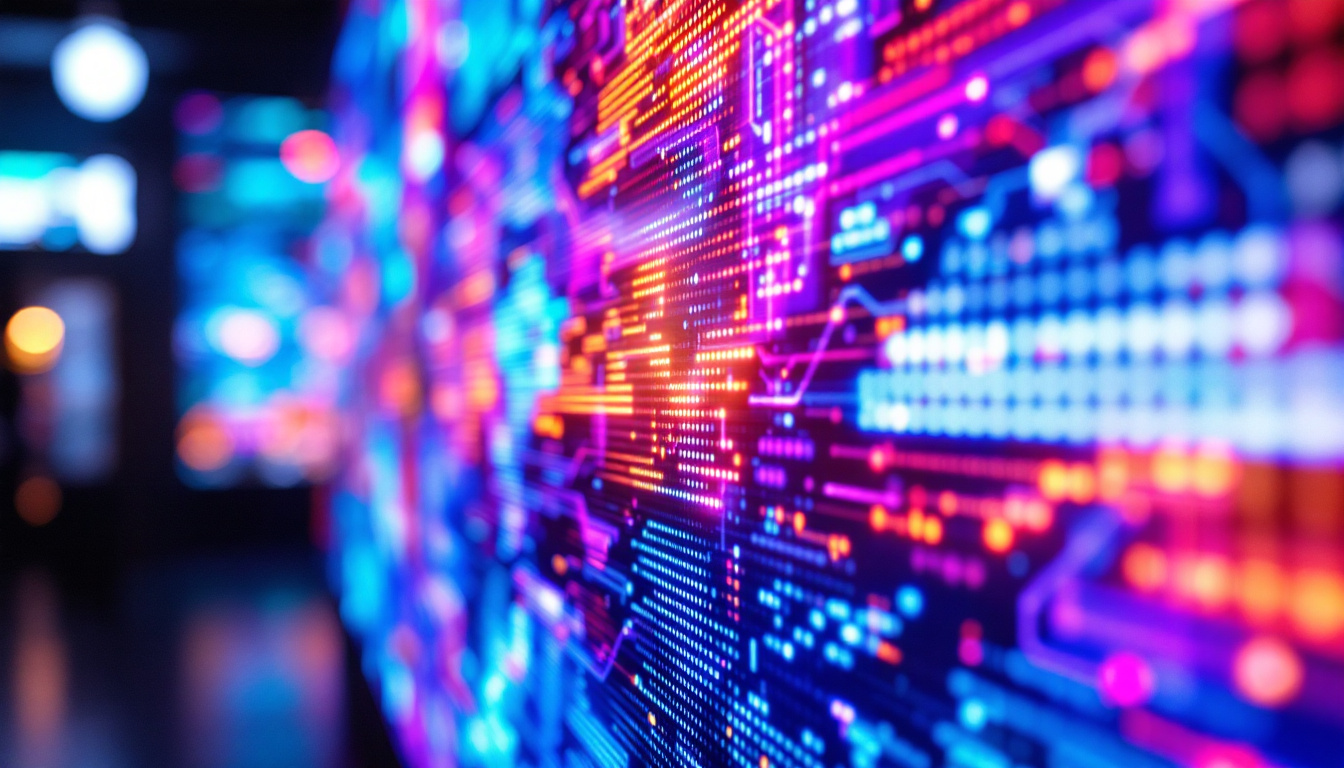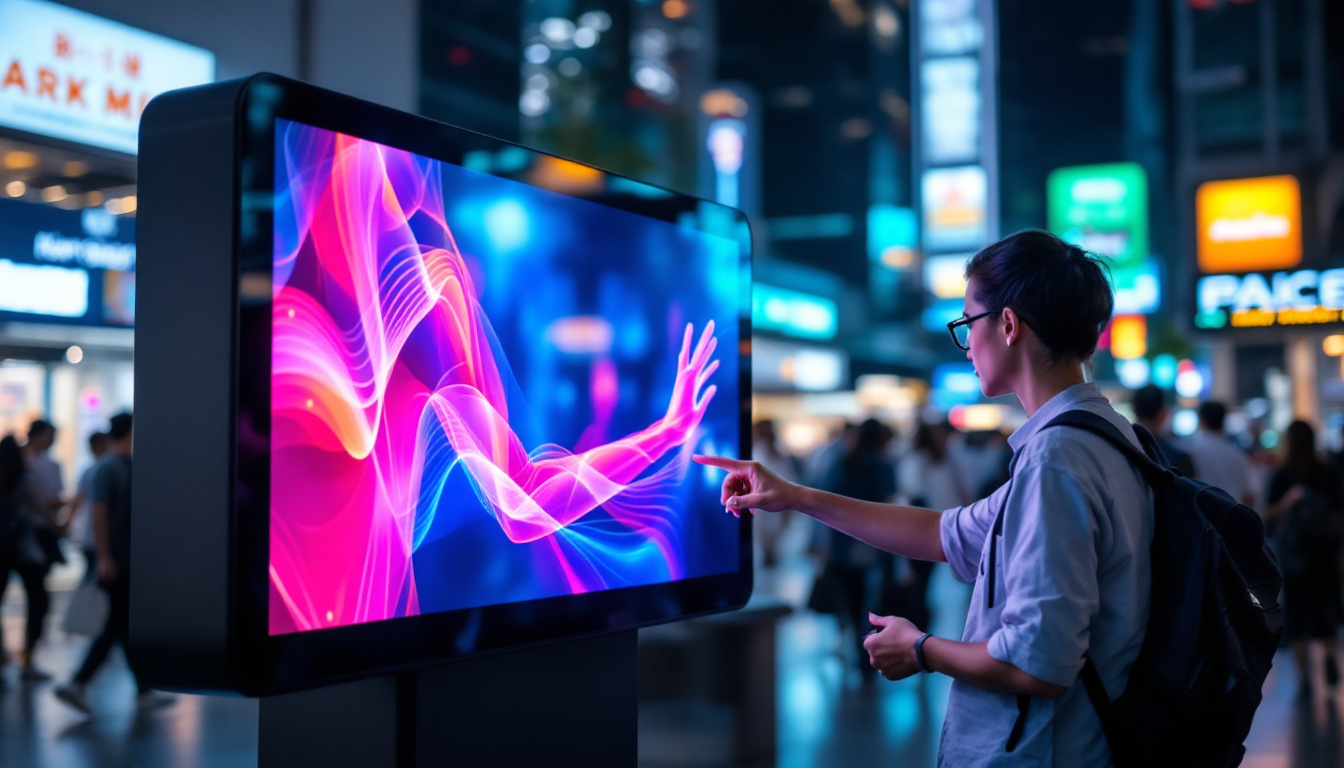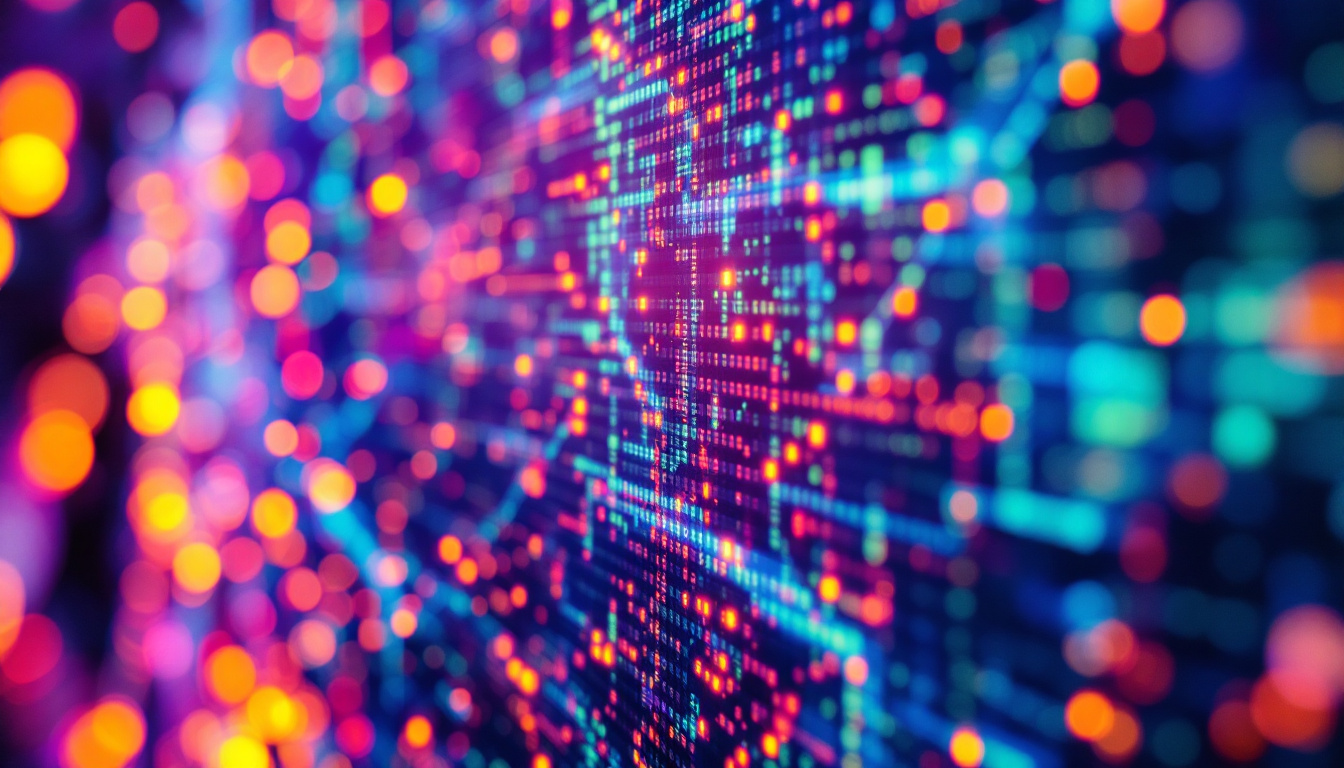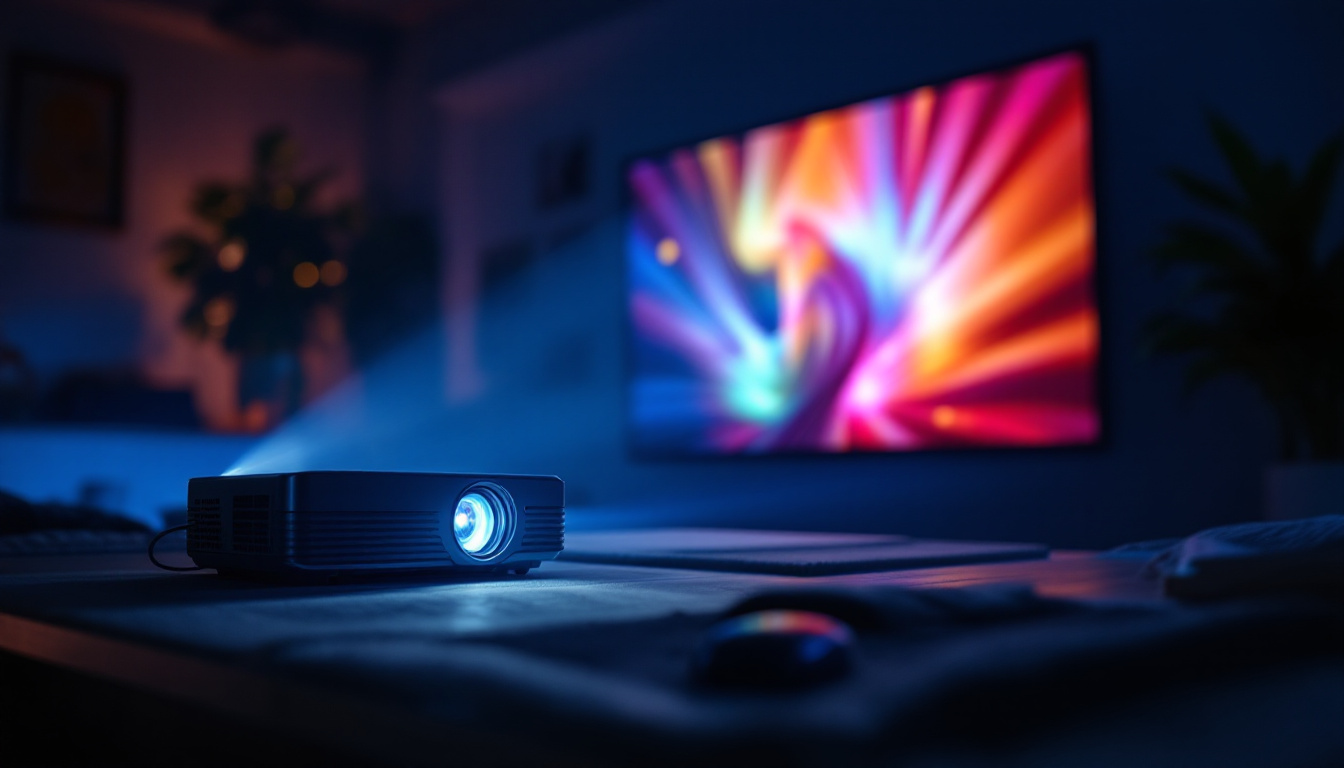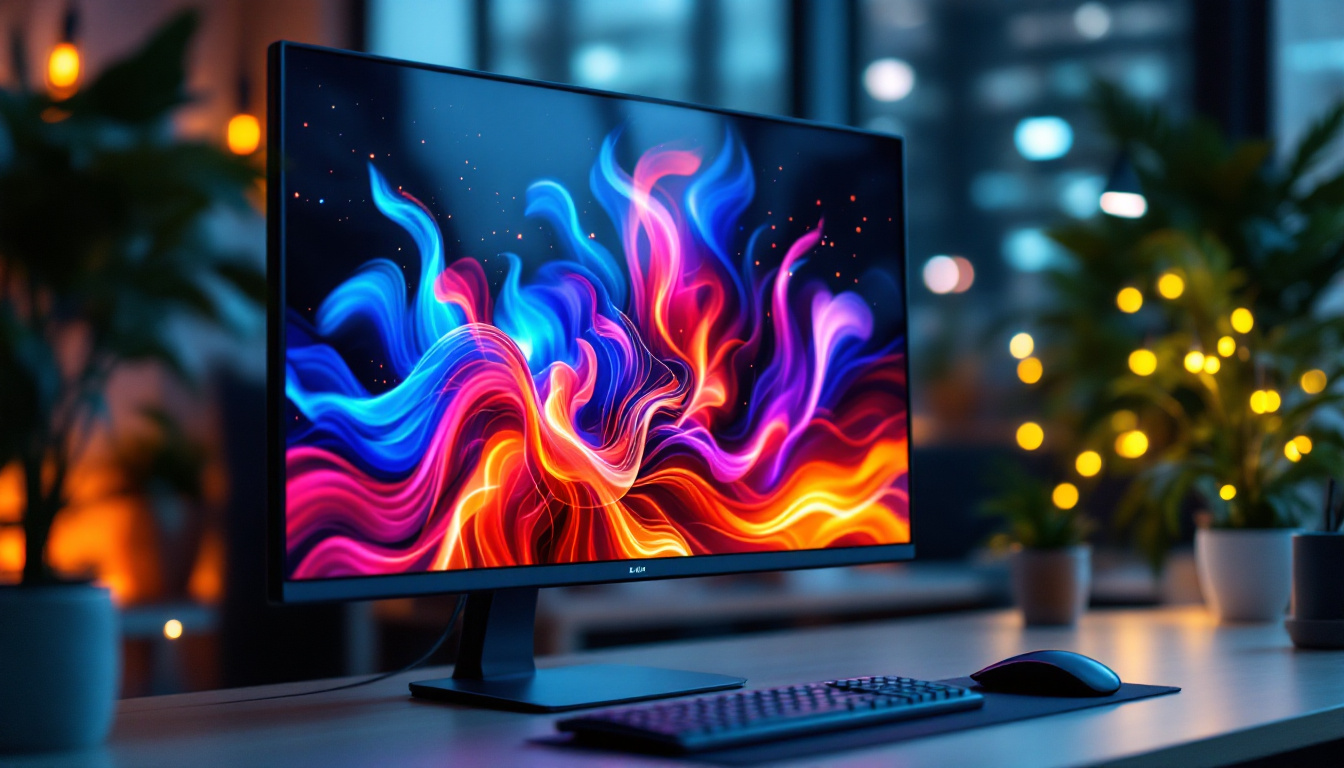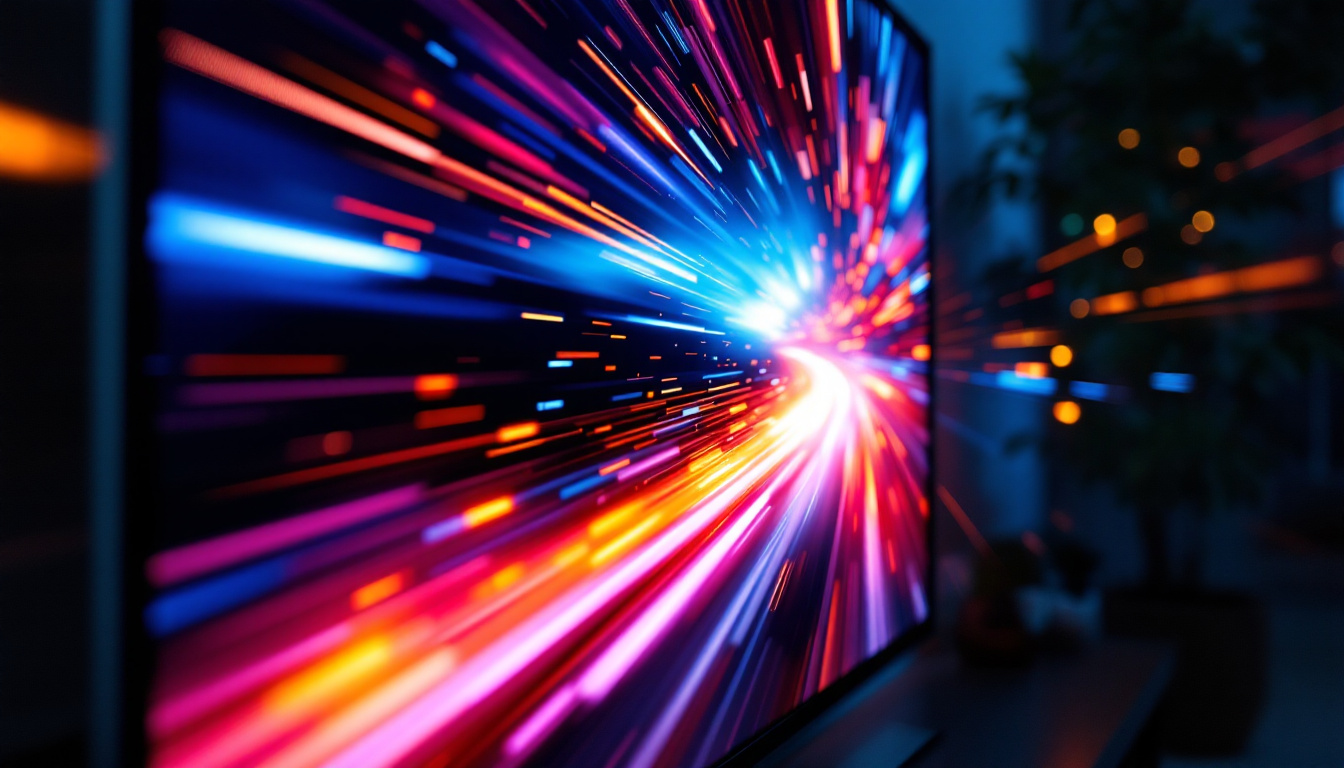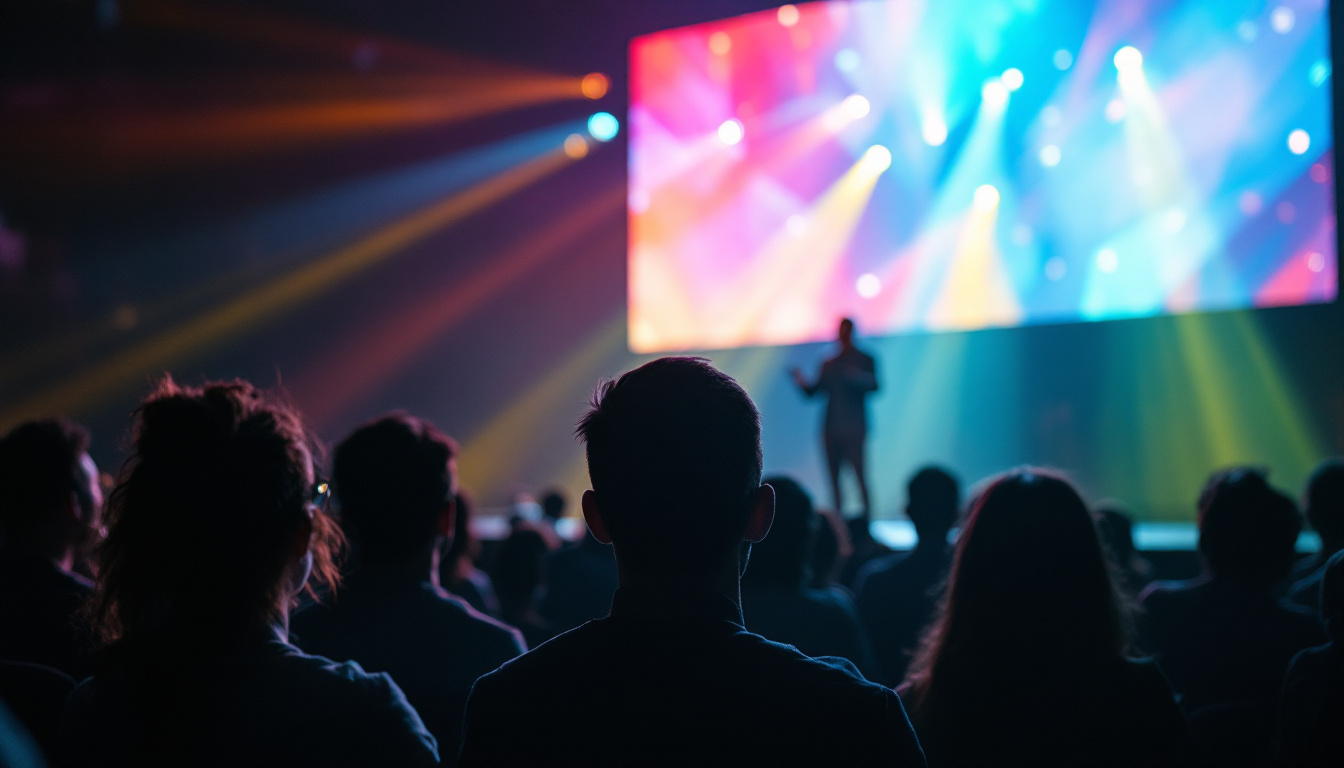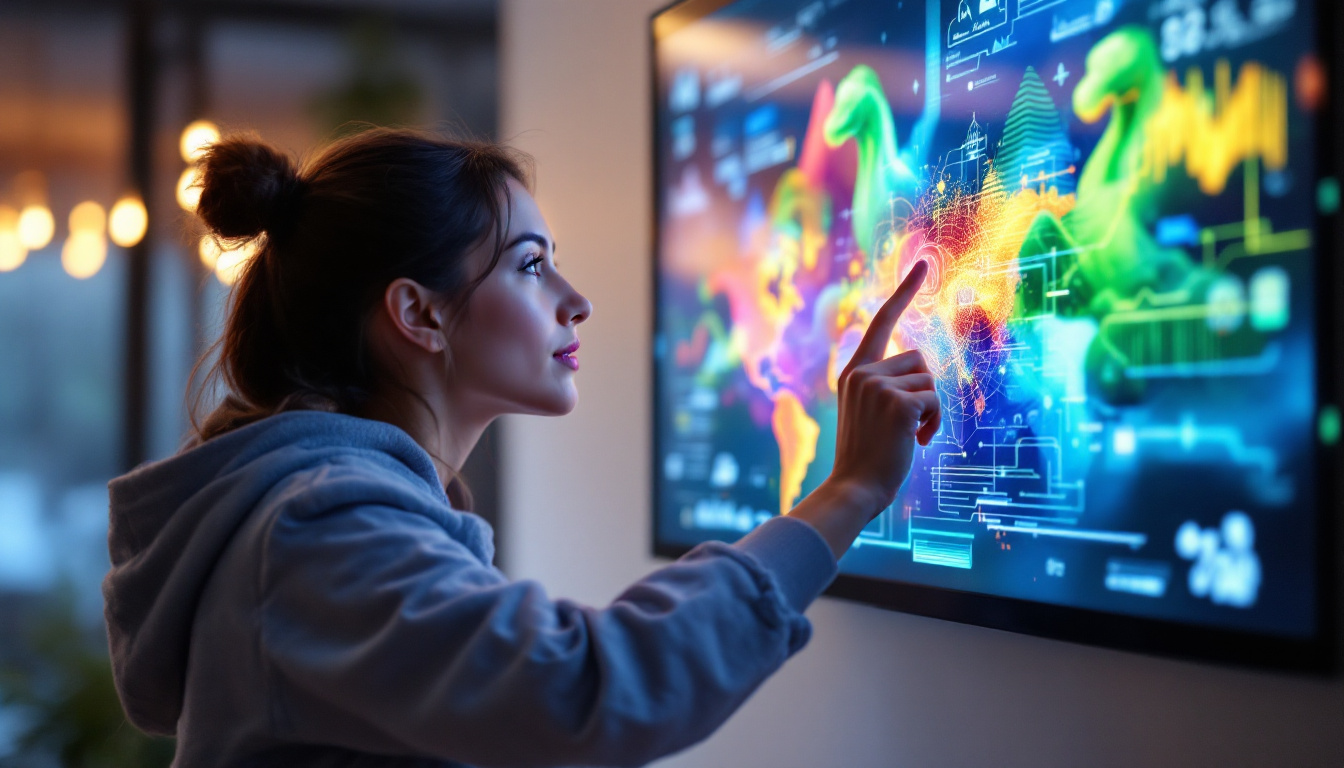In the rapidly evolving world of visual technology, LED displays have emerged as a dominant force, transforming how information is conveyed and experiences are shared. Sole Source AV Supply specializes in providing high-quality LED display solutions that cater to a variety of applications, from corporate environments to entertainment venues. This article delves into the intricacies of LED displays, exploring their technology, applications, and the advantages they offer.
Understanding LED Display Technology
LED, or Light Emitting Diode, technology has revolutionized the way visual content is presented. Unlike traditional display technologies, LEDs offer a unique combination of brightness, energy efficiency, and longevity. At its core, an LED display consists of an array of tiny diodes that emit light when an electric current passes through them.
The Basics of LED Technology
LED displays are composed of numerous pixels, each made up of red, green, and blue (RGB) diodes. By adjusting the intensity of each color, a wide spectrum of colors can be produced, allowing for vibrant and dynamic visuals. This pixel-based structure is what enables LED displays to deliver high-resolution images and videos, making them ideal for a variety of settings.
One of the key advantages of LED technology is its ability to produce bright images even in well-lit environments. This is particularly beneficial for outdoor displays, where sunlight can wash out traditional screens. The durability of LED components also contributes to their long lifespan, often exceeding 100,000 hours of operation. Furthermore, the low heat emission of LEDs not only enhances their efficiency but also reduces the need for extensive cooling systems, making them an environmentally friendly choice.
Types of LED Displays
There are several types of LED displays, each designed for specific applications. The most common types include:
- Direct View LED: These displays are made up of individual LED modules that create a seamless image. They are often used in large-scale installations, such as stadiums and concert venues.
- LED Video Walls: Composed of multiple LED panels, video walls can be configured in various shapes and sizes, making them versatile for different environments.
- OLED Displays: Organic LED displays offer superior contrast and color accuracy, making them popular for high-end applications like televisions and smartphones.
In addition to these common types, there are also specialized LED displays designed for niche applications. For instance, transparent LED displays are gaining traction in retail environments, allowing products behind the screen to remain visible while still showcasing vibrant advertisements. Similarly, flexible LED displays are being developed to fit unconventional spaces, enabling creative installations that can bend and curve to suit architectural needs. These innovations highlight the adaptability of LED technology, catering to an ever-evolving market that demands both functionality and aesthetic appeal.
Moreover, advancements in LED technology have led to the introduction of smart displays that integrate with digital signage systems. These displays can be programmed to change content dynamically based on factors such as time of day, audience demographics, or even weather conditions. This level of interactivity not only enhances viewer engagement but also allows businesses to tailor their messaging in real-time, maximizing the impact of their visual communications. As the technology continues to evolve, the possibilities for LED displays seem limitless, paving the way for even more immersive and interactive experiences in the future.
Applications of LED Displays
LED displays are used in a wide range of industries, showcasing their versatility and adaptability. From advertising to information dissemination, the applications are nearly limitless.
Advertising and Marketing
One of the most prominent uses of LED displays is in advertising. Digital billboards and signage have become a staple in urban environments, capturing the attention of passersby with vibrant colors and dynamic content. Advertisers can update their messages in real-time, allowing for targeted campaigns that can respond to current events or audience demographics.
Moreover, LED displays can be integrated with smart technology, enabling interactive advertisements that engage consumers on a deeper level. This interactivity can enhance brand loyalty and drive sales, making LED displays an essential tool in modern marketing strategies.
Corporate Communication
In corporate settings, LED displays serve as powerful communication tools. They can be used for presentations, internal communications, and even as part of the office décor. With the ability to display real-time data, such as stock prices or social media feeds, these displays keep employees informed and engaged.
Additionally, LED screens are increasingly used in conference rooms and event spaces, providing high-quality visuals that enhance the overall experience. The clarity and brightness of LED displays ensure that presentations are easily visible to all attendees, regardless of their seating position.
Entertainment and Events
The entertainment industry has embraced LED technology for concerts, festivals, and theatrical productions. LED displays can create stunning visual effects, enhancing the overall experience for audiences. From large-scale stage backdrops to intricate light shows, the flexibility of LED displays allows for creative expression in ways that were previously unimaginable.
Furthermore, the portability of certain LED display solutions means they can be easily transported and set up for events, making them a favorite among event planners and production companies.
Advantages of LED Displays
The adoption of LED displays comes with a multitude of benefits that make them an attractive choice for various applications. Understanding these advantages can help businesses and organizations make informed decisions when selecting display technologies.
Energy Efficiency
One of the standout features of LED displays is their energy efficiency. Compared to traditional display technologies, such as LCD or projection systems, LEDs consume significantly less power. This not only reduces operational costs but also minimizes the environmental impact, making LED displays a more sustainable option.
With rising energy costs and increasing awareness of environmental issues, the energy efficiency of LED displays is a compelling reason for businesses to transition to this technology.
High Brightness and Visibility
LED displays are known for their exceptional brightness, which allows them to maintain visibility in various lighting conditions. This is particularly important for outdoor applications, where sunlight can hinder the performance of other display types. The ability to deliver clear, bright images ensures that content remains engaging and effective, regardless of the surroundings.
Moreover, the wide viewing angles offered by LED displays mean that audiences can enjoy high-quality visuals from multiple perspectives, enhancing the overall experience.
Durability and Longevity
LED displays are built to withstand the rigors of both indoor and outdoor environments. Their solid-state construction makes them resistant to shocks, vibrations, and temperature fluctuations. This durability translates to lower maintenance costs and longer lifespans, which are critical factors for businesses investing in display technology.
With proper care, many LED displays can function effectively for over a decade, making them a cost-effective solution in the long run.
Choosing the Right LED Display
When selecting an LED display, several factors need to be considered to ensure the chosen solution meets specific needs and requirements. Understanding these factors can help organizations make the best choice for their applications.
Resolution and Pixel Pitch
The resolution of an LED display is a crucial aspect that determines the clarity and detail of the visuals. Higher resolutions are essential for applications requiring intricate details, such as video walls in control rooms or broadcast studios. Pixel pitch, which refers to the distance between individual pixels, also plays a significant role in determining the display’s resolution and viewing distance.
For instance, a smaller pixel pitch is ideal for close viewing distances, such as in retail environments, while a larger pixel pitch may suffice for outdoor advertising where viewers are typically farther away.
Size and Configuration
The size and configuration of the LED display should align with the intended application. Whether it’s a large video wall for a concert or a smaller display for a conference room, the dimensions must be appropriate for the space and audience. Additionally, the ability to configure multiple displays together can create unique shapes and layouts that enhance visual impact.
Installation and Maintenance
Installation and maintenance considerations are also vital when choosing an LED display. Some displays may require specialized mounting solutions or extensive setup, while others are designed for easy installation. Furthermore, understanding the maintenance requirements, such as cleaning and servicing, can help organizations plan effectively and minimize downtime.
The Future of LED Displays
The future of LED display technology is bright, with ongoing advancements promising even more capabilities and applications. As technology continues to evolve, LED displays are expected to become more integrated with smart technologies, allowing for enhanced interactivity and user engagement.
Advancements in Technology
Emerging technologies, such as microLED and miniLED, are set to redefine the landscape of LED displays. These advancements offer improved color accuracy, higher brightness levels, and even thinner form factors, making them suitable for a wider range of applications.
Additionally, the integration of artificial intelligence and machine learning into display technology will enable more personalized and dynamic content delivery, enhancing the user experience.
Sustainability Initiatives
As the world becomes increasingly focused on sustainability, LED display manufacturers are also prioritizing eco-friendly practices. This includes using recyclable materials in production and developing energy-efficient technologies that further reduce environmental impact.
Organizations that embrace sustainable practices in their display solutions will not only contribute to environmental conservation but may also enhance their brand image and appeal to eco-conscious consumers.
Conclusion
LED display technology has transformed the way visual content is presented across various industries. With their energy efficiency, high brightness, and durability, LED displays offer compelling advantages that make them a preferred choice for businesses and organizations. As technology continues to advance, the potential applications and capabilities of LED displays will only expand, paving the way for innovative solutions in the future.
For organizations looking to invest in LED display technology, understanding the various types, applications, and advantages is crucial. By making informed decisions, businesses can leverage the power of LED displays to enhance communication, engage audiences, and ultimately drive success.
Discover LumenMatrix LED Display Innovations
Ready to elevate your visual communication with cutting-edge LED display technology? Explore LumenMatrix’s comprehensive range of LED display solutions, designed to captivate your audience and amplify your message. From vibrant Indoor and Outdoor LED Wall Displays to dynamic Vehicle and Sports LED Displays, our offerings cater to every need. Experience the future of digital signage with our All-in-One LED Displays, LED Transparent Displays, and more. Check out LumenMatrix LED Display Solutions today and transform your space into a visual spectacle.

